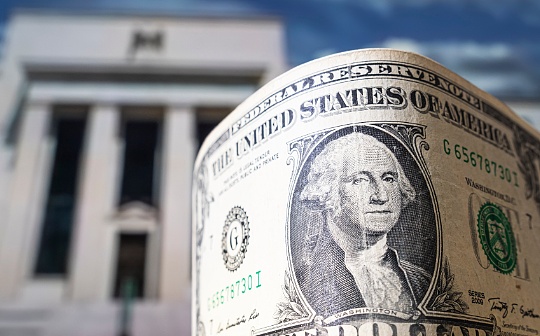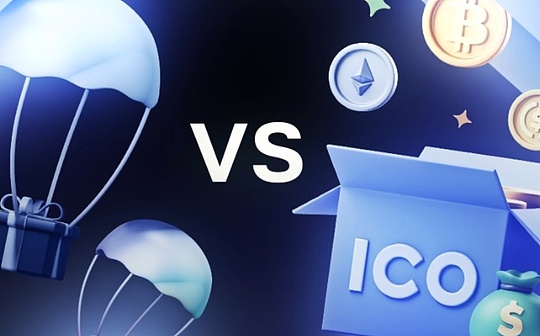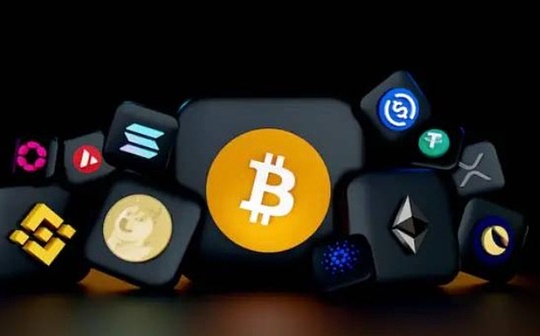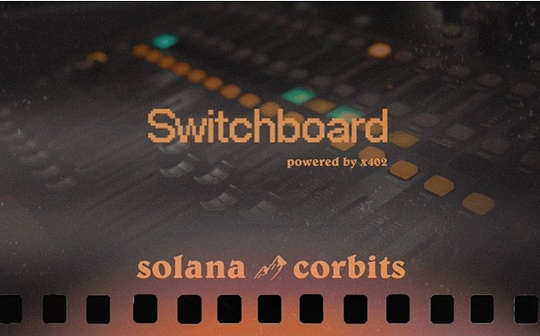
Author: Lisa, LD Capital
Almost all asset prices are affected by the Federal Reserve’s monetary and fiscal policies, and BTC is no exception. In the crypto market, you need to always care about various data on the US economy, the attitude of Fed officials’ speeches, the direction of monetary policy, etc.With the passage of BTC spot ETFs, the impact of the US dollar tide on the crypto market will become increasingly apparent.This article will mainly review the trends of BTC prices at different stages around the figure below.

(1) The Fed’s last rate hike until the start of interest rate cuts
Time: 2018/12 to 2019/7
BTC price performance: first, then rise, about 3,500 to $12,000
The main rise start time: 2019/4 (approximately the time of balance sheet reduction reduction in 2019/5), it can be considered that the market trades interest rate cut expectations 3 months in advance.

This historical period corresponds to the current stage of the market. It has been about 6 months since the last rate hike of the Federal Reserve (2023/7). Similar to the past, BTC prices were also in October 2023 (after the rate hike stopped3 months) ushered in a main upward trend.In the past six months, BTC prices have been greatly affected by ETF expectations, but they still coincidentally conform to the laws of the past cycle in terms of time and form.

(2) The Federal Reserve begins to cut interest rates until the outbreak
Time: 2019/7 to 2020/3
BTC price performance: first fall and then rise
After the interest rate cut began, the price fell, falling from about 10,000 to 7,000 in December, a drop of 30% (the balance sheet reduction ended on 2019/9 during the period, and rebounded to 10,000 from December 2019 to February 2020.

This stage is the stage that the market will enter in 24 years. After the end of the interest rate cut and balance sheet reduction in history, BTC’s overall performance fell first and then rose.

The angle of the above two stages can be used to determine the high and low positions of the stages.
(3) The stage of easing under the influence of the epidemic
Later in March 2020, affected by the COVID-19 pandemic, the Federal Reserve quickly cut interest rates and started large-scale QE. Coupled with the halving of 2020/5, the market temporarily fell and ushered in the main upward wave, with BTC rising roughly from 5,000 to 65,000.
The top of the BTC market appeared on 2021/11, 4 months from the end of the easing (the first interest rate hike in 2022/3). It can be considered that the market expects to trade interest rate hikes for 4 months in advance, which is closer to the time difference between the previous transaction and interest rate cuts.
Without the black swan event, this bull market may not reappear such radical monetary policy and increase rate or amplitude, but the direction remains the same.

(4) Start tightening again, the Federal Reserve starts hikes until the last hike
Time: Starting interest rate hikes on March 2022 to the last interest rate hike on July 2023; Starting to reduce balance sheets on June 2022 to the present
BTC price performance: It fell from about 46,000 to 16,000, and began to rebound in early 2023 after about 9 months of decline.
The market situation where BTC and Nasdaq indexes rose simultaneously in early 2023 may be related to the market’s expectation that US Treasury interest rates will peak temporarily and the slowdown in the Fed’s interest rate hike.

Overall, interest rate cuts have a greater impact on the BTC market than on balance sheet reduction. So when will interest rate cuts start this year?
Federal Reserve Chairman Powell sent a “double” signal after the FOMC meeting in December, causing the Fed to heat up expectations of a rate cut.The latest data in the United States is relatively strong. The US CPI in December increased by 3.4% year-on-year (previous value 3.1%), and the core CPI increased by 3.9% year-on-year (previous value 4.0%), both higher than expected. At the same time, the labor market is still in short supply. The market is currently expected toThe probability of not cutting interest rates in March is 52.88%.

Regarding the expected rate cut in 24 years, it is either in March or May. Looking at the market, there may be a pullback at that time.Of course, spot ETFs are a major disturbance to the market, and the positive implementation and GBTC selling pressure are the dominant factors affecting BTC prices in the near future.At the same time, the time for BTC halving was much earlier than the previous cycle (the previous halving occurred 10 months after the start of interest rate cuts), and this halving happened to be sandwiched between the two starting points of interest rate cuts expected by the market.Although the rise after the halving is usually lagging behind the date of its actual occurrence, it can still partially smooth out the possible decline after the rate cut in terms of time.








